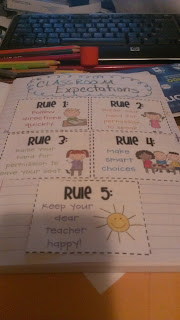(6) Reading/Comprehension of Literary Text/Fiction. Students understand, make inferences and draw conclusions about the structure and elements of fiction and provide evidence from text to support their understanding. Students are expected to:
(C) explain different forms of third-person points of view in stories.
I can find explain 3rd person point of view.
Person Point of view seems so easy until 5th grade. :) They all know
1st person - "I", "We", "me", "my", "us", & "our(s)"
2nd person - “you,” “your,” and “yours.”
3rd person - “he,” :him", "his", “she,” "her", “it”, "them", "they" & "their(s)"
Video for Point of View. Thanks you tube!!! Point of View
Another great way to help the students learn the difference is grab some books from your library. Have the students do a gallery walk and identify the points of view. This worksheet comes from http://www.ereadingworksheets.com/








